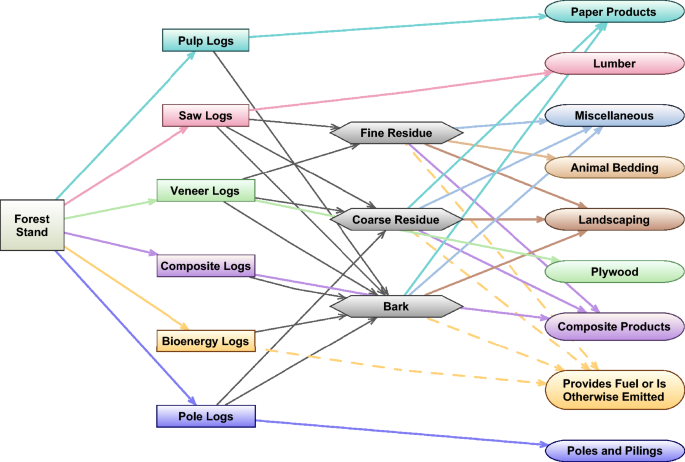2024-03-06 スウェーデン王立工科大学(KTH)
<関連情報>
- https://www.kth.se/en/om/nyheter/centrala-nyheter/new-hydrogen-producing-method-is-simpler-and-safer-1.1322503
- https://www.science.org/doi/10.1126/sciadv.adi3180
膜を使わない水分解のための脱共役型スーパーキャパシタ電解槽 Decoupled supercapacitive electrolyzer for membrane-free water splitting
ESTEBAN A. TOLEDO-CARRILLO , MARIO GARCÍA-RODRÍGUEZ , LORENA M. SÁNCHEZ-MOREN , AND JOYDEEP DUTTA
Science Advances Published:6 Mar 2024
DOI:https://doi.org/10.1126/sciadv.adi3180

Abstract
Green hydrogen production via water splitting is vital for decarbonization of hard-to-abate industries. Its integration with renewable energy sources remains to be a challenge, due to the susceptibility to hazardous gas mixture during electrolysis. Here, we report a hybrid membrane-free cell based on earth-abundant materials for decoupled hydrogen production in either acidic or alkaline medium. The design combines the electrocatalytic reactions of an electrolyzer with a capacitive storage mechanism, leading to spatial/temporal separation of hydrogen and oxygen gases. An energy efficiency of 69% lower heating value (48 kWh/kg) at 10 mA/cm2 (5 cm–by–5 cm cell) was achieved using cobalt-iron phosphide bifunctional catalyst with 99% faradaic efficiency at 100 mA/cm2. Stable operation over 20 hours in alkaline medium shows no apparent electrode degradation. Moreover, the cell voltage breakdown reveals that substantial improvements can be achieved by tunning the activity of the bifunctional catalyst and improving the electrodes conductivity. The cell design offers increased flexibility and robustness for hydrogen production.



